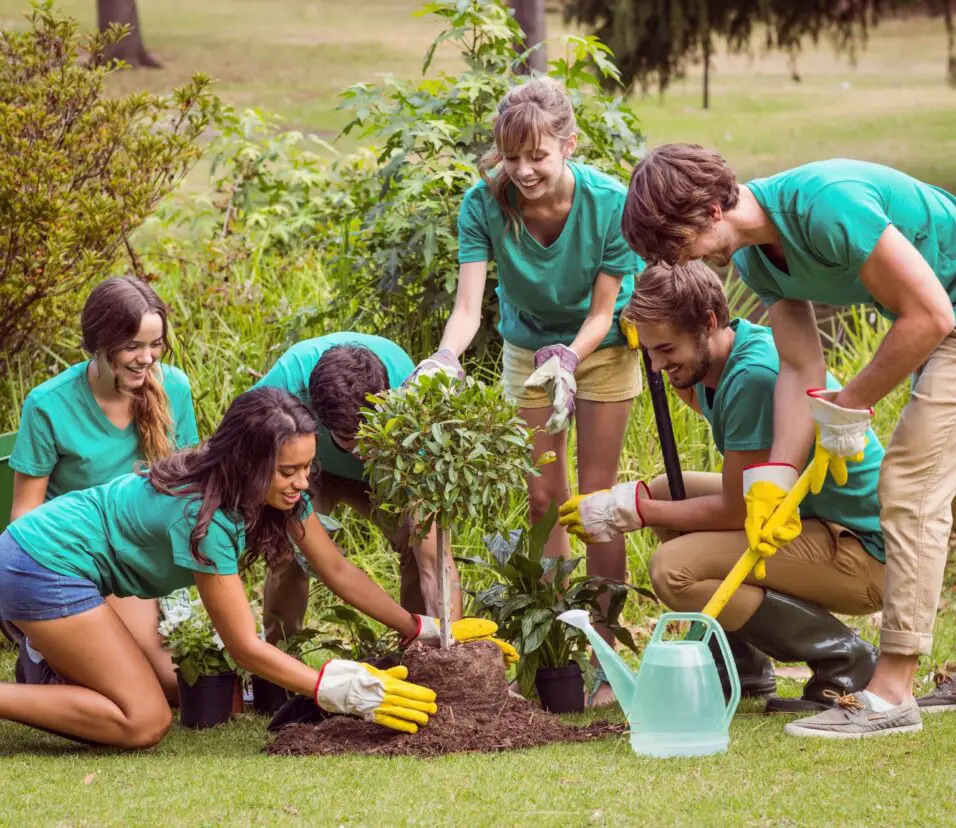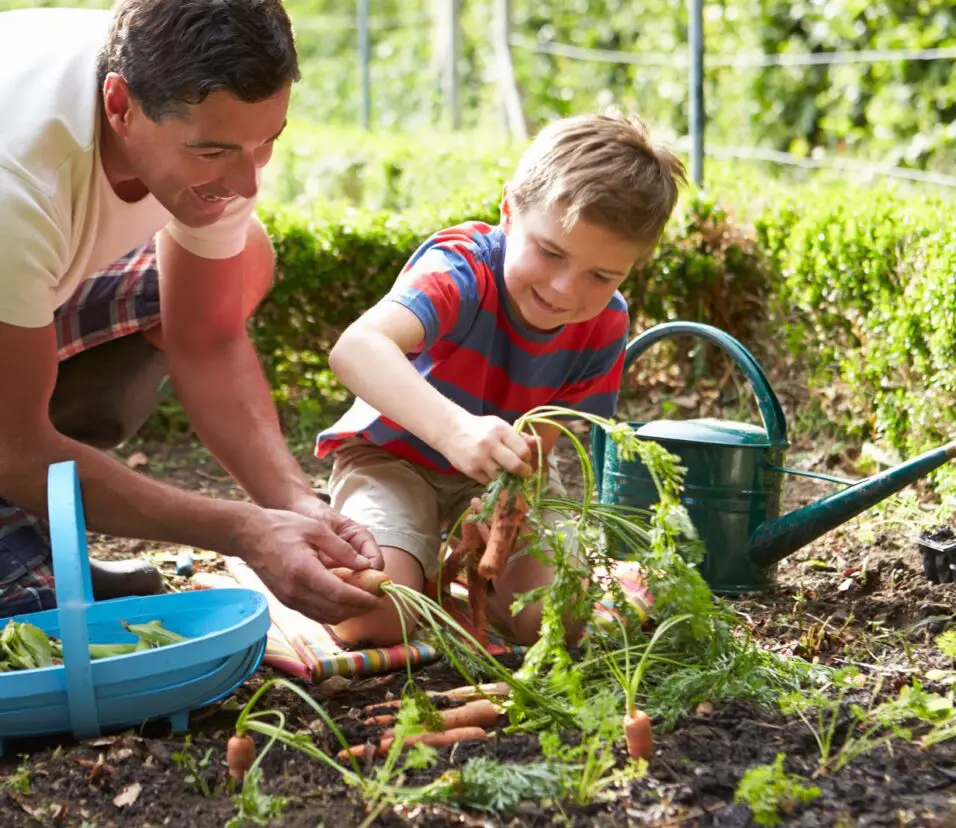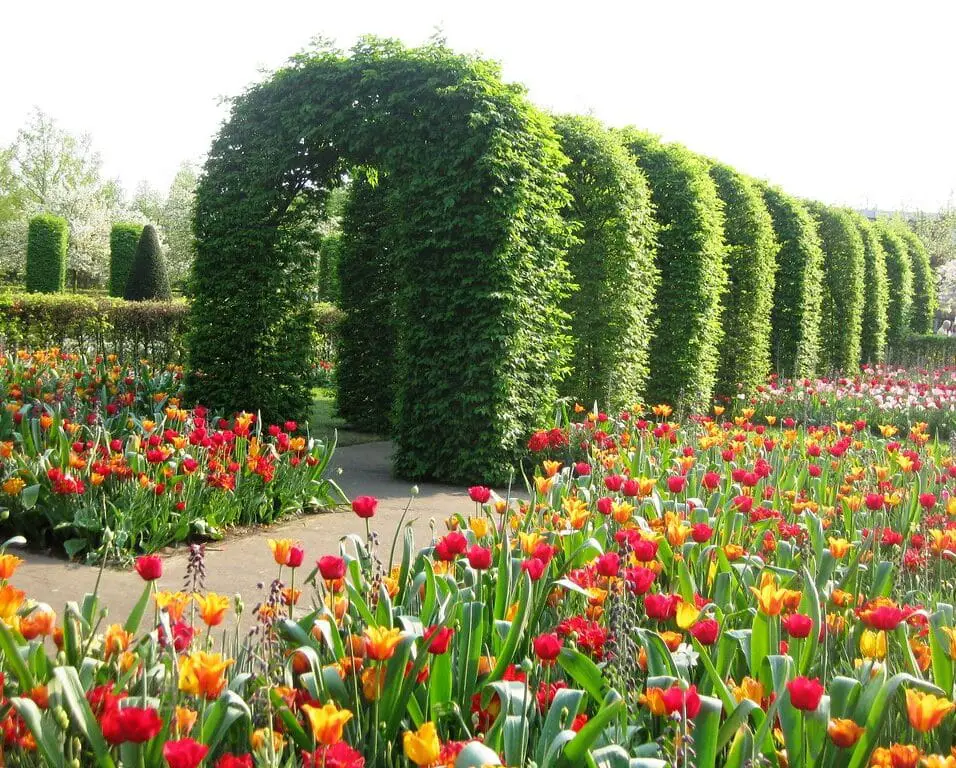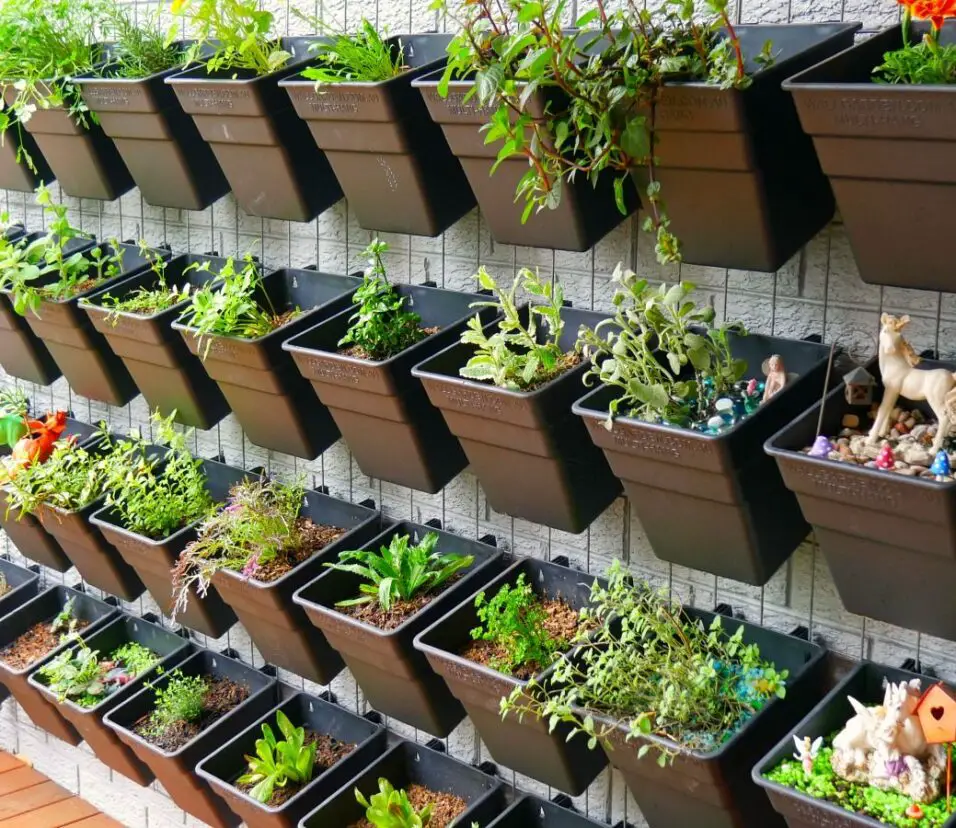Is Top Soil Good For Gardening
Introduction
Is Top Soil Good For Gardening: In the realm of gardening, the importance of a fertile foundation cannot be overstated, and this is precisely where topsoil takes center stage. Renowned as the uppermost layer of soil, topsoil constitutes a critical component for successful gardening endeavors. Its unique blend of organic matter, minerals, and microorganisms creates an environment conducive to robust plant growth and vibrant ecosystems.
Topsoil serves as a reservoir for essential nutrients, such as nitrogen, phosphorus, and potassium, crucial for sustaining plant life. Its porous nature aids in water retention and drainage, striking an ideal balance that prevents waterlogged roots while ensuring plants receive adequate hydration. This water-retentive quality proves particularly beneficial during dry spells, reducing the frequency of irrigation and promoting drought resistance.
Beyond its nutritional and hydrological advantages, topsoil also fosters a hospitable environment for beneficial soil organisms, including earthworms, bacteria, and fungi. These microorganisms work in harmony to break down organic matter, enhancing soil structure and fertility over time. Consequently, topsoil cultivates a soil ecosystem that not only nurtures plant growth but also contributes to overall soil health.
In the pursuit of bountiful harvests and flourishing landscapes, the role of topsoil in gardening leave is unequivocal. Its capacity to support plants with vital nutrients, moisture regulation, and a thriving microbial community renders it an invaluable asset for gardeners of all levels. As we delve deeper into the nuances of topsoil’s composition and benefits, a profound appreciation emerges for the fundamental role it plays in laying the groundwork for gardening success.
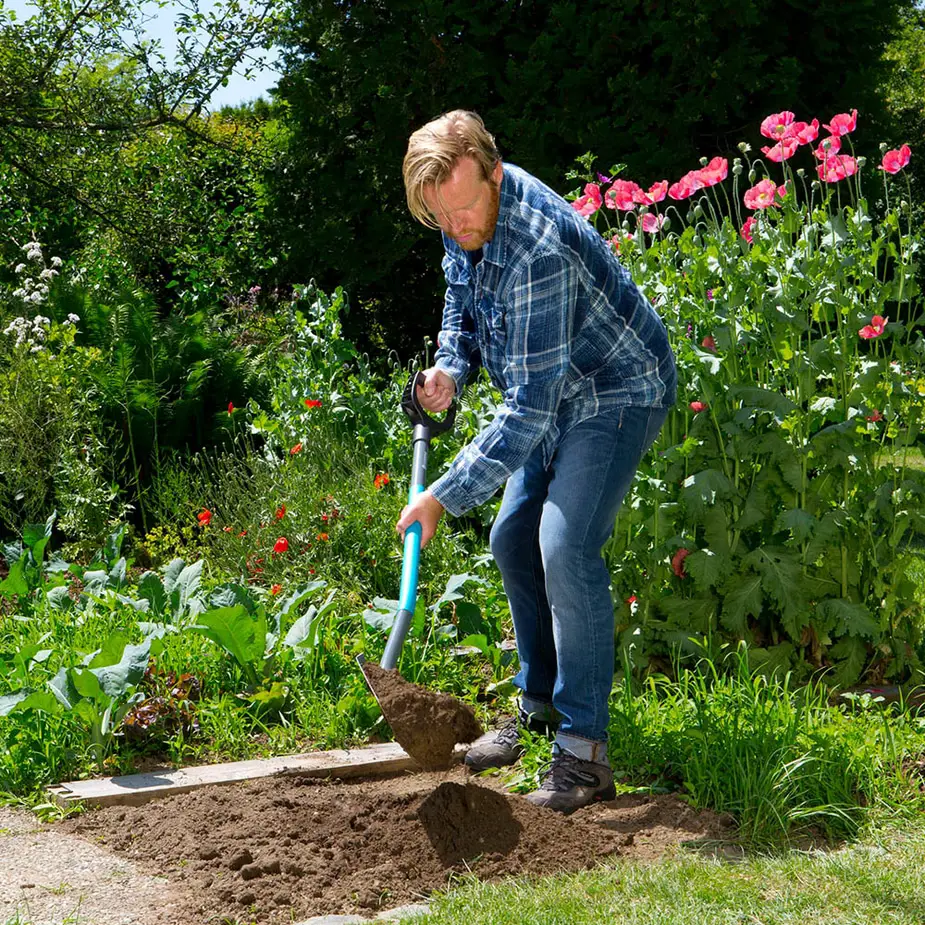
Is topsoil okay for gardening?
You may need to adjust the pH level or amend with some organic compost or mulch. But most topsoil is adequate for a first in-ground garden. If your layer of topsoil isn’t deep enough. Either a higher grade of topsoil or a layer of garden soil can be added.
Topsoil stands as a cornerstone of gardening, offering a myriad of benefits that make it more than just “okay” – it is essential. With its rich amalgamation of organic matter, minerals, and microbial life, topsoil provides a nurturing foundation for plants to thrive. Abundant in vital nutrients like nitrogen, phosphorus, and potassium. It nourishes plants from their earliest stages through maturity, fostering robust growth and vibrant blooms.
Topsoil’s porous texture facilitates optimal water retention and drainage, preventing the suffocation of roots due to excess moisture. This dual capability not only ensures plants receive the hydration they need but also guards against waterlogged soil conditions that can hinder growth. Furthermore, its composition encourages the development of beneficial soil organisms, contributing to improved soil structure and long-term fertility.
In the grand tapestry of gardening, topsoil emerges as a linchpin, amplifying the chances of successful cultivation. Its ability to sustain plant health, regulate moisture, and support a thriving underground ecosystem transcends mere acceptability – it is a necessity for any gardening endeavor. As gardeners embark on their horticultural journeys. The incorporation of topsoil stands as a fundamental step toward reaping the rewards of flourishing landscapes and flourishing harvests.
Which soil is best for gardening?
Loamy soil
Loamy soil
Three main components make up soil: sand, silt, and clay. Loamy soil includes all three in equal amounts. That means that it drains well, retains a lot of moisture, and breathes enough for air to reach the roots of a plant. Those factors make it an ideal all-around choice for gardening.
Determining the optimal soil for gardening hinges on a nuanced interplay of factors. With loam soil often emerging as the preferred choice. Loam, renowned for its balanced composition of sand, silt, and clay, presents an ideal medium for plant growth. Its ability to retain moisture while facilitating proper drainage creates an environment where roots access water without becoming waterlogged.
Loam’s texture fosters excellent aeration and root penetration, promoting healthy plant development. Its rich nutrient-holding capacity reduces the need for frequent fertilization, ensuring sustained nourishment over time. Moreover, the diverse particle sizes in loam soil facilitate the proliferation of beneficial soil organisms. Which aid in breaking down organic matter and enhancing soil structure.
While loam is celebrated for its versatility and suitability for a wide range of plants. The “best” soil for gardening ultimately depends on specific plant preferences and local conditions. Sandy soil offers excellent drainage, suitable for drought-tolerant plants, while clay soil, when amended, can support various species. Tailoring soil choices to match individual plant requirements. Along with appropriate amendments and regular maintenance, contributes to a thriving garden ecosystem. In essence, the “best” soil is one that aligns with the unique needs of the plants you wish to cultivate, ensuring a flourishing and productive garden.
Is topsoil best for plant growth?
Topsoil offers protection to plants and vegetables by surrounding the roots and top layer. It also locks in moisture to prevent evaporation which means that your plants will receive the water they need – even on a hot summers day.
Topsoil undeniably plays a pivotal role in fostering optimal plant growth, serving as a cornerstone of successful cultivation. Its unique composition, enriched with a blend of organic matter, minerals, and microbial life. Creates an environment conducive to robust plant development. The rich reservoir of essential nutrients within topsoil – including nitrogen, phosphorus, and potassium – provides a consistent supply that fuels plants from germination to maturity.
Topsoil’s balanced texture strikes a harmonious equilibrium between water retention and drainage. This dual ability prevents waterlogged roots and ensures plants receive adequate hydration, a vital factor in promoting healthy growth. The porosity of topsoil encourages oxygen exchange and root penetration, enabling plants to establish strong foundations and access nutrients efficiently.
Additionally, topsoil fosters a thriving underground ecosystem of beneficial microorganisms, essential for breaking down organic matter and enhancing soil structure. These microorganisms contribute to nutrient cycling and overall soil health, which translates to more vigorous plant growth and higher yields.
In the realm of plant growth, topsoil stands as an invaluable asset. Offering a nurturing medium that encompasses essential nutrients, water regulation, and a vibrant microbial community. Its capacity to provide the necessary building blocks for healthy plants solidifies its position as a vital component in cultivating flourishing gardens and bountiful harvests.
Why should you use topsoil?
Good topsoil contains the necessary nutrients for your plants to survive. It can help protect plants and seedlings, as well as correct soil issues like improper pH levels (if the purchased topsoil contains certain ingredients that can help, like limestone).
Using topsoil in gardening and landscaping endeavors is a prudent decision due to the myriad benefits it offers. Topsoil, enriched with a blend of organic matter, minerals, and microorganisms, serves as a foundation for optimal plant growth. Its nutrient-rich composition provides essential elements like nitrogen, phosphorus, and potassium that sustain plants from germination to maturity, fostering robust development and vibrant blooms.
The unique texture of topsoil strikes a balance between water retention and drainage. Preventing waterlogged roots while ensuring plants receive consistent hydration. This characteristic proves crucial during dry periods, reducing the need for excessive watering and promoting drought resistance.
Moreover, topsoil’s structure supports a thriving community of beneficial microorganisms that contribute to soil health and nutrient cycling. These organisms break down organic matter, improving soil structure and promoting long-term fertility.
By incorporating topsoil, gardeners and landscapers create an environment where plants can thrive. Whether in vegetable gardens, flower beds, or ornamental landscapes. The comprehensive support it offers in terms of nutrients, water regulation, and microbial activity underscores topsoil’s significance as an essential resource for cultivating flourishing and sustainable outdoor spaces.
What role does topsoil play in gardening, and why is it considered crucial for successful cultivation?
Topsoil is a cornerstone of successful gardening, playing a pivotal role in shaping the health and productivity of plants. This uppermost layer of soil serves as a reservoir of nutrients, organic matter, and microbial life, creating a fertile environment that fosters robust plant growth.
The nutrient-rich composition of topsoil is vital for supplying plants with essential elements required for their development. Nutrients like nitrogen, phosphorus, and potassium are abundant in topsoil, ensuring that plants receive a steady and balanced diet throughout their lifecycle. This nutrient availability directly correlates with healthy foliage, strong root systems, and vibrant blossoms.
Furthermore, topsoil’s texture holds significant importance. Its porous structure enables it to retain moisture while allowing excess water to drain away, preventing waterlogged roots that can stifle growth. This balance between water retention and drainage is especially crucial for maintaining optimal soil moisture, a fundamental factor in plant health.
In addition, topsoil hosts a diverse array of beneficial microorganisms that contribute to soil structure and nutrient cycling. These microorganisms break down organic matter, making nutrients more accessible to plants and enhancing overall soil fertility.
Overall, topsoil’s role in gardening is irreplaceable. Its capacity to provide vital nutrients, regulate moisture, and support a thriving microbial community underscores its indispensability in cultivating lush gardens and reaping abundant harvests.
How does the composition of topsoil contribute to its suitability for plant growth in gardening?
The composition of topsoil plays a pivotal role in rendering it highly suitable for fostering robust plant growth in gardening. Topsoil’s intricate blend of organic matter, mineral particles, and microbial life creates a dynamic and nurturing environment that directly benefits plants.
The organic matter component, derived from decaying plants and animals, enriches the soil with essential nutrients and acts as a slow-release source of nourishment for plants. This nutrient reservoir supports various growth stages, from germination to maturity, ensuring plants receive a consistent supply of vital elements.
Mineral particles, encompassing sand, silt, and clay, determine topsoil’s texture and water-holding capacity. This balanced mixture allows for optimal drainage while preventing excessive water loss. Adequate drainage is essential to prevent root suffocation and disease, while water retention guarantees a steady water supply, even during dry periods.
Microbial life within topsoil contributes to nutrient cycling and soil health. Beneficial microorganisms break down organic matter, making nutrients more available to plants and improving soil structure, which in turn facilitates root penetration and aeration.
In essence, topsoil’s composition provides a harmonious synergy of nutrients, moisture regulation, and microbial activity, creating an environment conducive to strong root development, nutrient uptake, and overall plant vitality in the realm of gardening.
What are the specific benefits that topsoil provides to plants in terms of nutrients and nourishment?
Topsoil offers a plethora of specific benefits to plants in terms of nutrients and nourishment, making it a vital resource for flourishing gardens. Rich in essential nutrients such as nitrogen, phosphorus, and potassium, topsoil serves as a natural reservoir of sustenance for plants. These nutrients are fundamental for diverse biological processes within plants, from photosynthesis and energy production to root development and flower formation.
The organic matter present in topsoil gradually decomposes, releasing additional nutrients over time. This sustained nutrient availability supports plants throughout their growth cycle, from initial germination to eventual maturation. Moreover, the organic matter enhances soil structure, promoting better water infiltration and root penetration.
Topsoil’s nutrient content, combined with its capacity to hold and release moisture, ensures a consistent supply of water and nutrients to plant roots. This steadiness translates into healthier foliage, increased disease resistance, and overall improved plant vitality. By acting as a reservoir of both immediate and long-term nourishment, topsoil becomes an indispensable asset in cultivating thriving, productive gardens that yield vibrant blooms and bountiful harvests.
Can you explain the significance of topsoil’s texture in relation to water retention and drainage for gardening purposes?
Topsoil’s texture holds immense significance in the context of gardening, primarily concerning its role in water retention and drainage. Comprising a balanced blend of sand, silt, and clay particles, topsoil’s texture profoundly influences its ability to regulate moisture and maintain optimal soil conditions for plant growth.
The presence of different particle sizes in topsoil’s composition directly impacts its water-holding capacity. Coarser particles, like sand, facilitate rapid drainage, preventing water from accumulating around plant roots and reducing the risk of root rot. Conversely, finer particles, such as clay, possess strong water retention properties, allowing soil to hold onto moisture for extended periods.
The ideal topsoil texture strikes a harmonious equilibrium between these extremes. This balance ensures that plants receive sufficient water without being subjected to overly soggy conditions that hinder root development and oxygen exchange. Proper water retention and drainage in topsoil prevent waterlogging during heavy rains and promote moisture availability during dry spells, safeguarding plants from stress and optimizing their growth potential.
Topsoil’s texture is a critical determinant of a garden’s success, influencing water management and root health. Its ability to strike the right balance between water retention and drainage makes it a fundamental component in creating an environment where plants can flourish and thrive.
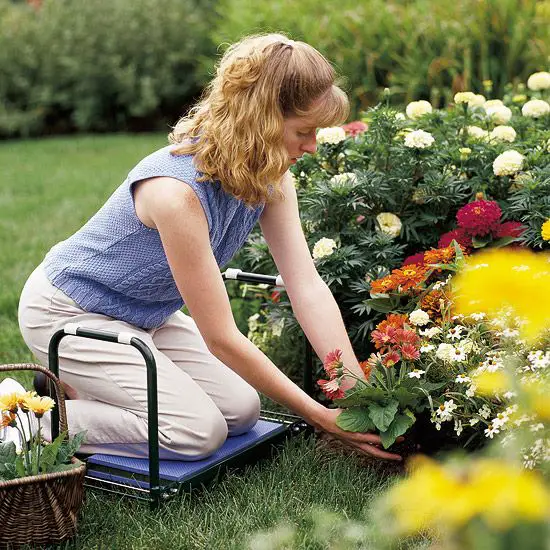
Conclusion
In the realm of gardening, the unequivocal importance of topsoil emerges as a fundamental truth. As we delve into the manifold benefits it offers, a resounding conclusion resonates – topsoil is not only good but essential for successful gardening endeavors. Its rich composition, infused with a harmonious blend of nutrients, organic matter, and microbial life, creates a nurturing environment that cultivates vibrant landscapes and thriving harvests.
The significance of topsoil lies not only in its role as a nutrient reservoir but also in its multifaceted influence on water management. Its texture, a delicate balance of sand, silt, and clay, orchestrates a symphony of water retention and drainage, ensuring that plants receive essential moisture without succumbing to waterlogged roots. This duality safeguards plants against both drought and excess moisture, fostering resilience and sustained growth.
Moreover, the partnership between topsoil and beneficial microorganisms harmonizes to enhance soil structure and fertility. This synergy underscores the intrinsic connection between healthy soils and robust plant development, culminating in flourishing ecosystems.
In the grand tapestry of gardening, topsoil good stands as an irreplaceable cornerstone. Its contributions extend beyond a mere growing medium, becoming a nurturing embrace that supports life from the ground up. Whether in verdant gardens or verdant farms, topsoil’s undeniable value resounds as a testament to its indispensable role in nurturing the botanical world. Embracing the richness of topsoil equates to embracing the promise of vibrant, thriving landscapes that flourish under its tender care.




